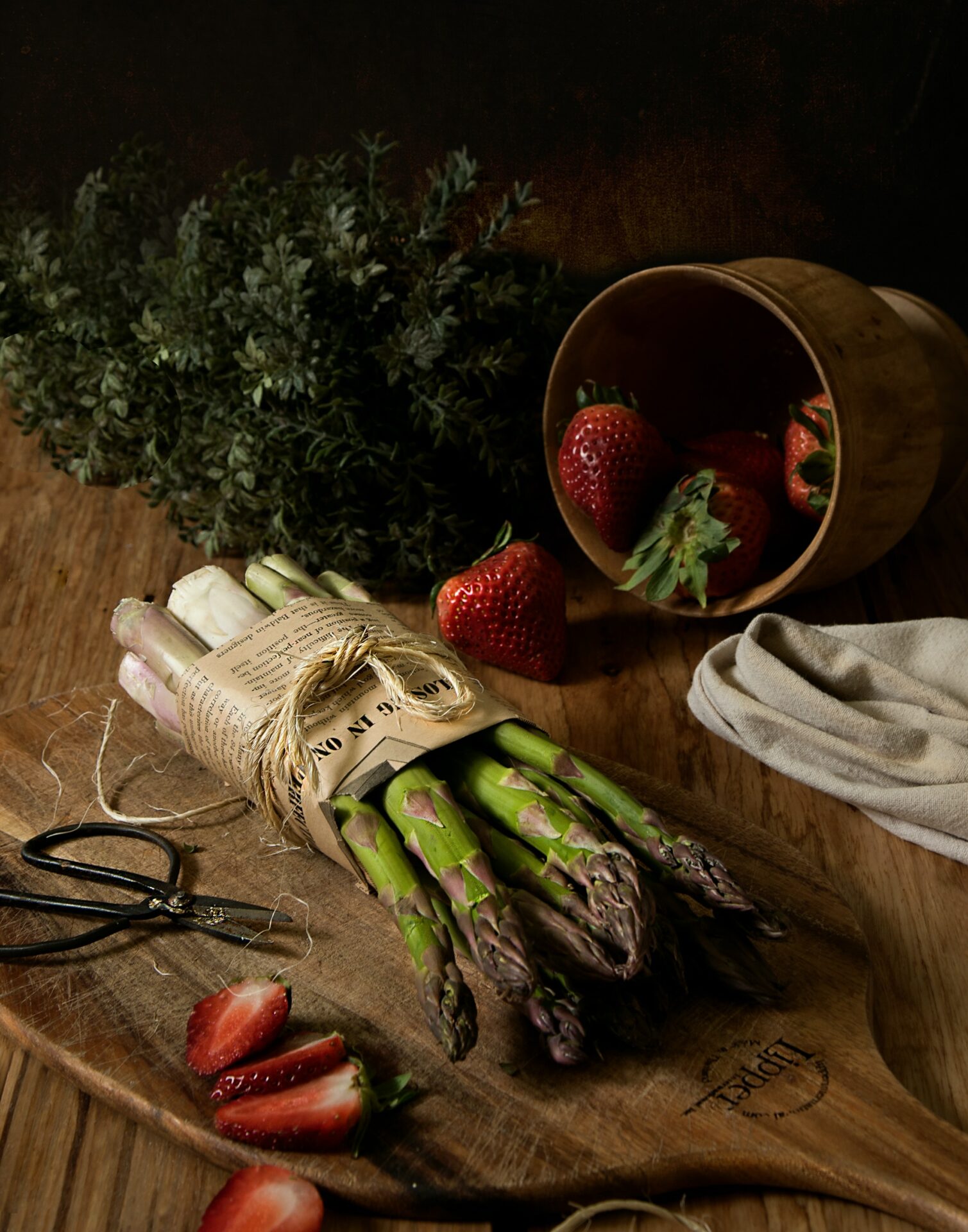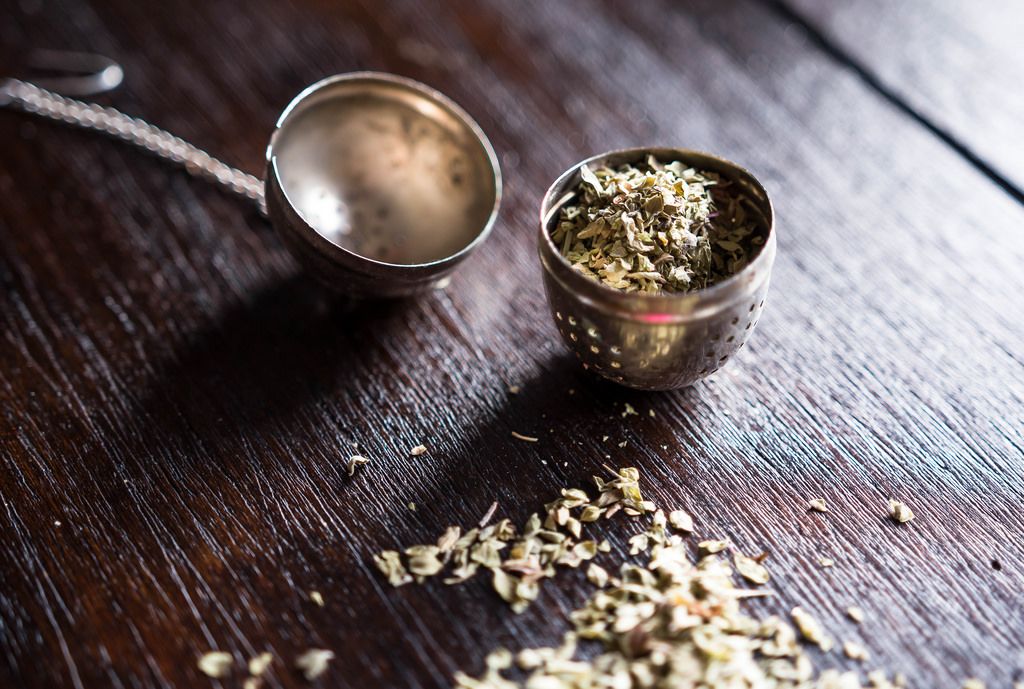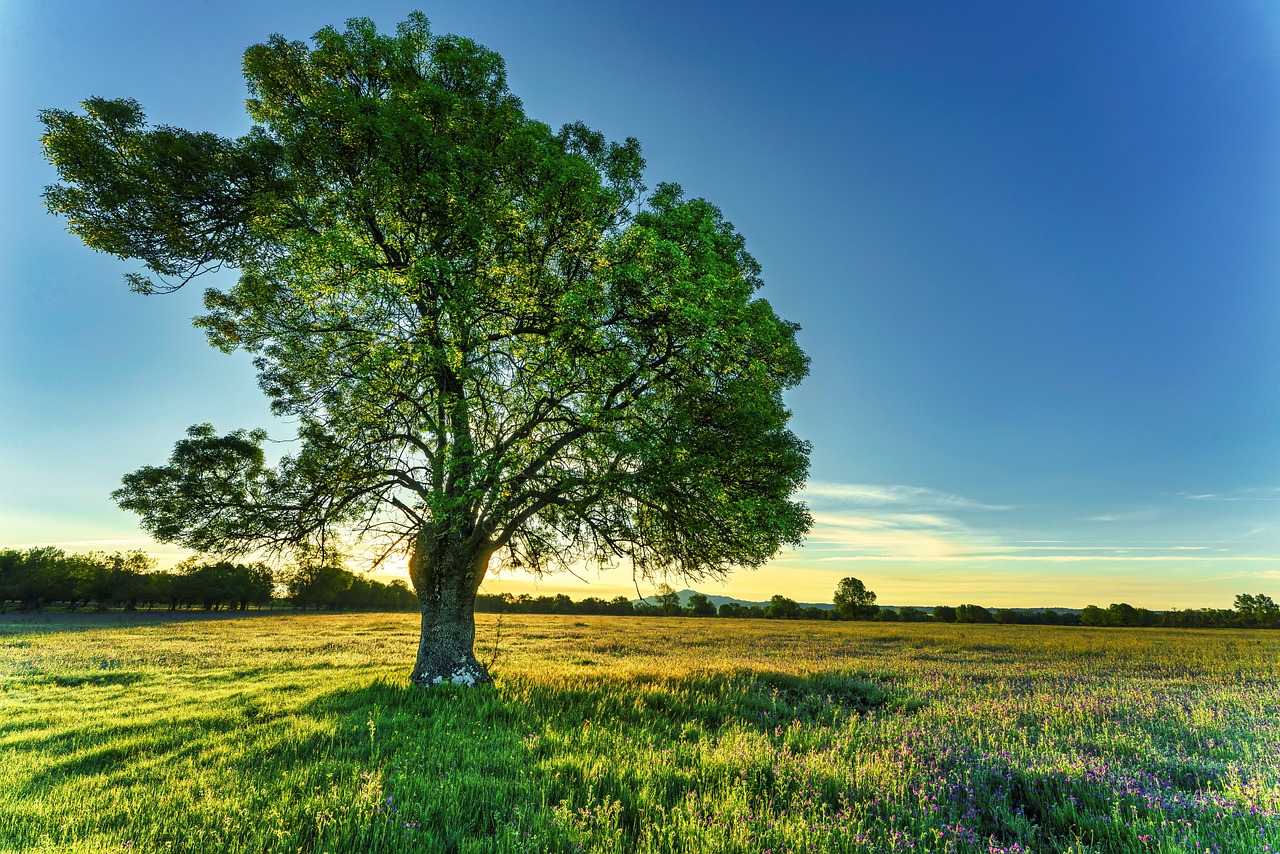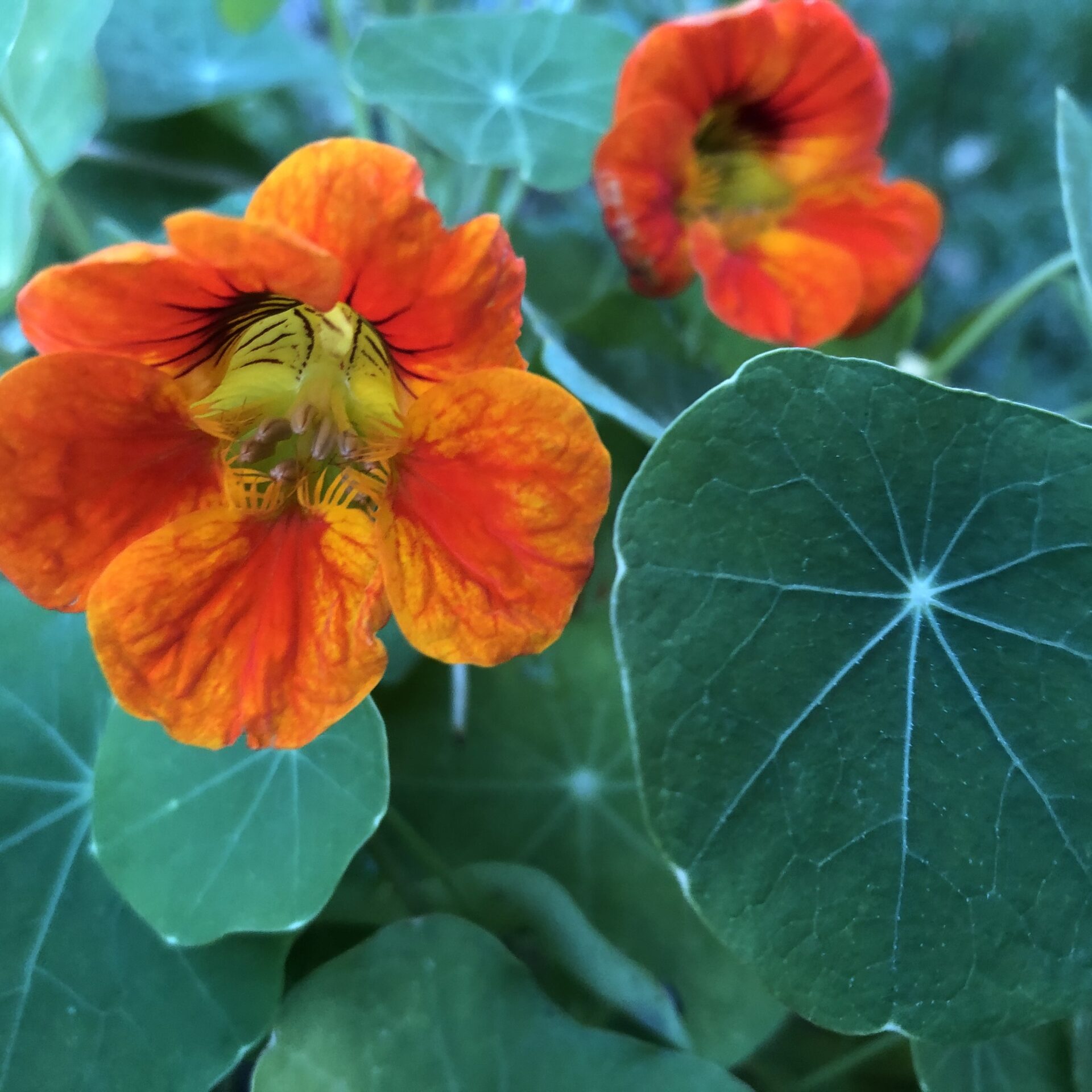Named after Aphrodite, the Greek goddess of love and beauty, an aphrodisiac is a food or drink that increases sexual desire or improves sexual performance. From ancient Rome to the present day, the use of aphrodisiacs has resulted in a long and intriguing history. From exotic spices and potent herbs to natural ingredients found in everyday foods, aphrodisiacs have been a major part of historical beliefs and traditions for centuries. In this blog post, we will take a brief look at the history of aphrodisiacs and the types of herbal aphrodisiacs that can add immense value to our lives today.
A Brief History
The use of plants and herbs as aphrodisiacs was first documented in ancient Greek mythology, and over time, many cultures have adopted their own versions of aphrodisiacs. Through experimentation and research, scientists have identified certain foods that are believed to have a positive effect on sexual desire.
From Greek and Egyptian to Chinese and Indian cultures, many ancient civilisations believed in the importance and power of aphrodisiacs. Poems by Hindu and Chinese cultures, which date back to 2000 to 1000 BC, talked about the ingredients, effects, and usage tips of various performance enhancing foods. In Chinese and Roman cultures, they talked about the qualities of certain substances in animal genitalia. Egyptians also wrote treatment tips for male sexual dysfunction. A book titled ‘Advising Men on Sexual Engagement with Their Women’ was published in Timbuktu during the postclassical period in West Africa and provided men with advice on various sexual issues, including how to improve their sexual performance and win back their wives with the use of herbal and animal derived aphrodisiacs.
Initially, aphrodisiacs were sought out to help men who were unable to reproduce. Men who could not reproduce were regarded as failures, while those who were capable were well respected. Eventually, these herbs and plants became widely popular, even for men who had no trouble reproducing, as a general performance enhancer.
Religiously, aphrodisiacs had a seat at the table, too. You would think that due to their close relation to sex and intimacy, religious authorities would have long suppressed aphrodisiacs, but in fact, this is not the case. In the Islamic, Judaic and Christian worlds in the mediaeval and early modern eras, aphrodisiacs were widely accepted as part of their belief systems.
Later, during the 19th and early 20th centuries, scientists started to question the notion of aphrodisiacs, eventually concluding that these substances were by no means as powerful as world history and tradition had made them out to be. Modern biomedicine did not find much interest in investigating the various substances that were said to help with sexual desire and performance and rejected the idea completely. One can only question whether this rejection of natural, widely found herbal and plant aphrodisiacs threatened the success of new-age synthetic performance enhancing pharmaceuticals that were being created and sold as “wonder drugs” for those with sexual dysfunction.
5 Types of Herbal Aphrodisiacs and How To Use Them
This brings us to the present times. While the beliefs in aphrodisiacs are no longer as vehemently rejected, there is still some apprehension around them. Perhaps it is the lack of knowledge that these potent herbs and plants are very easily attainable. You probably have some of them in your kitchen! With that said, let us take a look at 5 herbal helpers that you probably already have in your spice rack and how to utilise them.
Cacao (Theobroma cacao)

Bursting with antioxidants that help strengthen and tone one’s cardiovascular system, Cacao is a heart-healthy favourite that can improve a plethora of body functions. This herb contains Theobromine which is the primary bitter-tasting alkaloid found in cocoa and chocolate. The combination of Theobromine and Phenylethylamine (a stimulating hormone that is naturally found in the central nervous system and brain of humans) creates a general sense of “feel good” in the body and can make for a great sexual appetite-enhancing food. Studies have shown that cacao can boost one’s serotonin production and improve mood.
Raw Cacao powder can be ingested in various ways – easily added to smoothies, hot drinks and oatmeals. If you’re a fan of the bitter taste of Cacao, you can even eat it raw!
Lavender (Lavandula)

Lovely Lavender! Various studies have shown that the therapeutic properties of lavender oil can be used to improve various neurological and bodily functions. It has been suggested that Lavender can be anxiolytic, sedative, anticonvulsive, and analgesic. The calming effect that this plant offers in turn increases arousal. Apart from the medicinal properties found in Lavender, it is simply the smell of this wonderful plant that really sets the mood!
The most common way for us to utilise Lavender is by means of essential oils but can easily be ingested in teas, infusions and added as flavour enhancers in salads and delicious meat dishes.
Ginger (Zingiber officinale)

Any herb with a connection to the heart is beneficial to the body! Commonly found in Arabic medicine, Ginger can help boost a person’s blood flow and circulation. Both of which are important for improving sexual desire and performance.
Adding this warming herb to your favourite dishes, making ginger infusions or eating it raw, Ginger can be easily ingested. Ginger can also enter the body by means of the inhalation of essential oils in aromatherapy.
Cinnamon (Cinnamomum spp.)

Another wonderful warmer, Cinnamon has a long history of being used as an aphrodisiac in various cultures. More than just a baker’s favourite flavour enhancer, this aromatic herb has the potential to regulate blood sugar and increase circulation – both key in increased performance and arousal. Cinnamon also improves sperm production in men, by suppressing or eliminating reactive oxygen species (ROS). Reducing ROS plays a key role in the production of sperm cells and optimising fertility rates.
Much like our friend Ginger above, Cinnamon can be added to dishes, hot drinks and infusions and can also enter the body by means of essential oils and infused steam baths.
Nutmeg (Myristica fragrans)

This spice has been used for centuries for its medicinal purposes both in Ayurveda and by the Greeks. In Ayurveda, nutmeg is used in medicines to increase body heat and sweeten breath. In addition to being an antidepressant by increasing serotonin in the brain, nutmeg can trigger sexual arousal and stimulate the central nervous system and improves blood circulation to the reproductive organs.
In Ayurveda, it is an ancient practice for women to take a small pinch of Nutmeg in a glass of warm milk every day to improve reproductivity and overall health and mood.
There are various ways to eat Nutmeg. In hot drinks, sprinkled over fruit and vegetables and included in baking. And of course, Nutmeg can be found in essential oils for topical use and inhalation.
Want to learn more about how herbal aphrodisiacs can improve your sex life?
We will be hosting a webinar about just that! Join us on Thursday 9th February 7.30-9pm for night of candid discussion about sex, herbs, what can get in the way of a good time, and what can be done to fix it.





